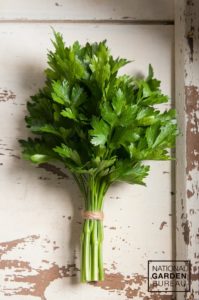
Japanese maple. (C) Frederico Rostagno/23rf.com
Plant tags, descriptions at online plant retailers and mail order catalogs provide a lot of information, but sometimes it needs to be translated. A lot of times, clues to the plant’s behavior and attributes can be found in their scientific or botanical names.
For example, several plants that have purple characteristics will have purpurea as part of their scientific name, such as Echinacea purpurea for purple coneflower. Plants with blue characteristics may have glauca as part of their name, such as Picea glauca for blue spruce and Festuca glauca for blue fescue. Alba usually describes white flowers, nigra black flowers, and virdis is green. Palmatum, as in Acer palmatum, describes the palm-like leaves of a Japanese maple. Spicata is spiky. Plants with helio or helia names usually indicate sun loving, such as Helianthus and Heliopsis for various sunflowers. (Three years of high school Latin and a little horticulture-related Greek finally pay off.)
Some words signal us to do more research. I always wonder about the habit of plants described as fast growing, aggressive, fills in quickly, prolific and spreads rapidly. Are these code words for invasive or a plant that self sows too much? It pays to explore those terms when considering a plant for the garden. Then, there plants that are slow to establish or temperamental, which should only be viewed as a challenge.

Fidelio parsley. Photo courtesy JohnnysSeeds.com
A lot of gardeners, especially new and inexperienced ones, get confused about plant categories. Annual means it’s there just for a season, going from seed to flower to seed in its lifecycle. Petunias, marigolds and impatiens fall in this category. Perennial means a plant comes back at least two or more years. Hosta and daylily are perennials. A biennial is on a two-year lifecycle, forming a close-to-the-ground rosette of leaves in year one and blooming in year two. Hollyhock and parsley are examples. With parsley, of course, we eat the first-year leaves.
These words give us a deeper understanding and an appreciation of plants, their names and habits. They guide our purchases of plants for our gardens and containers.